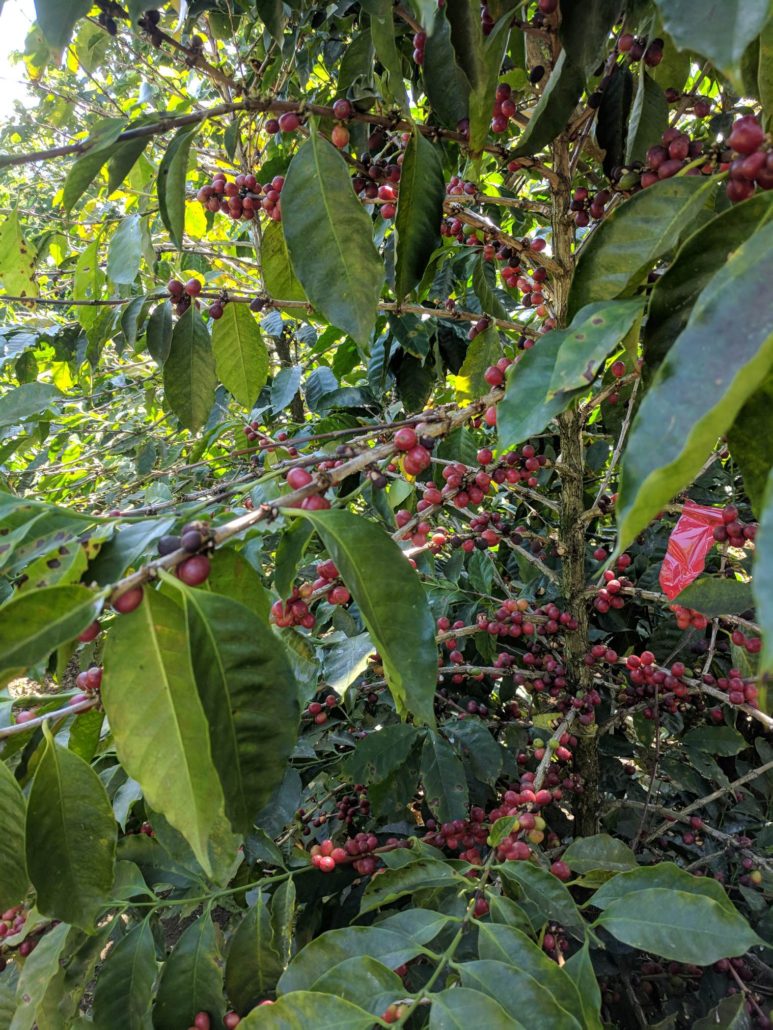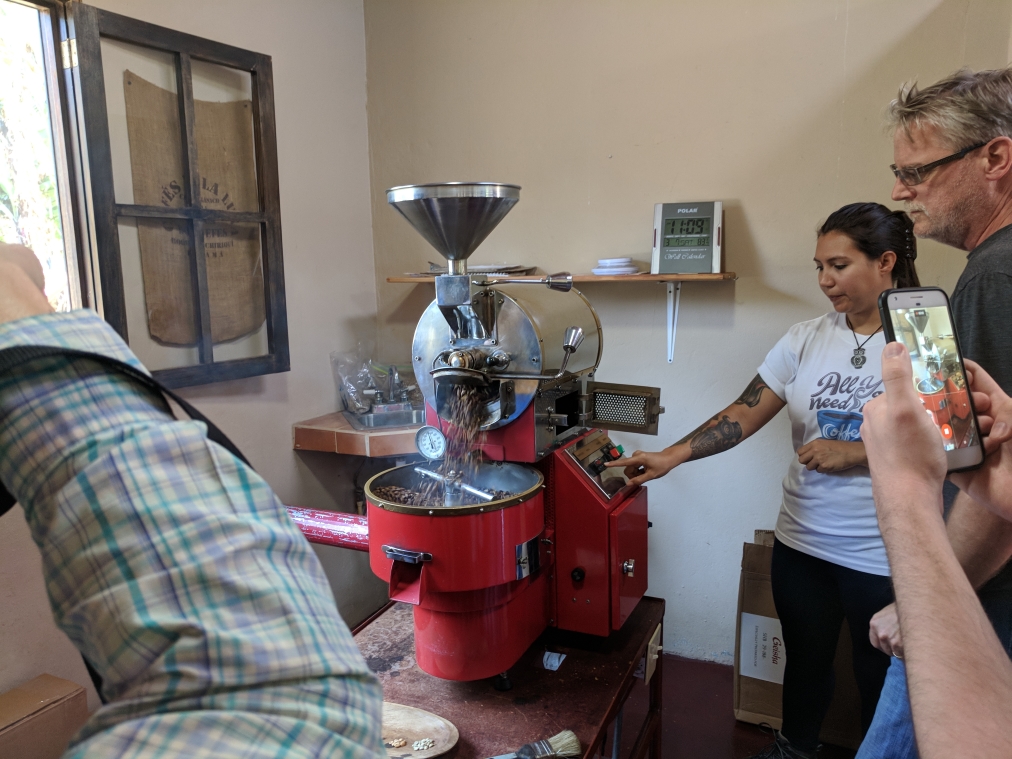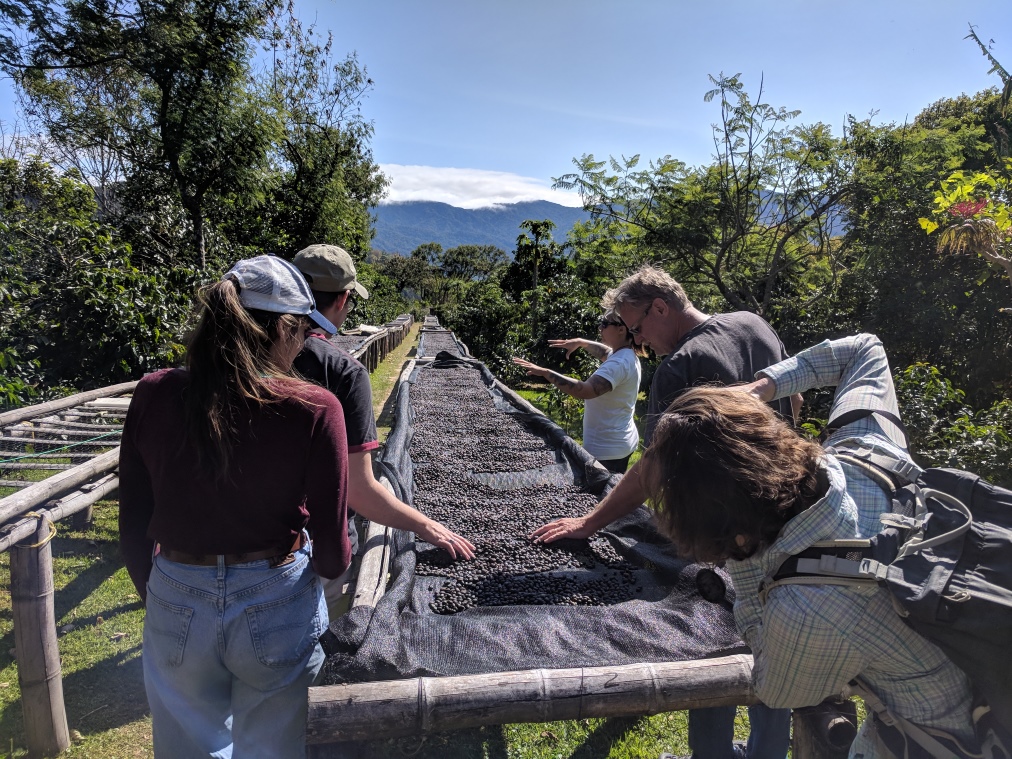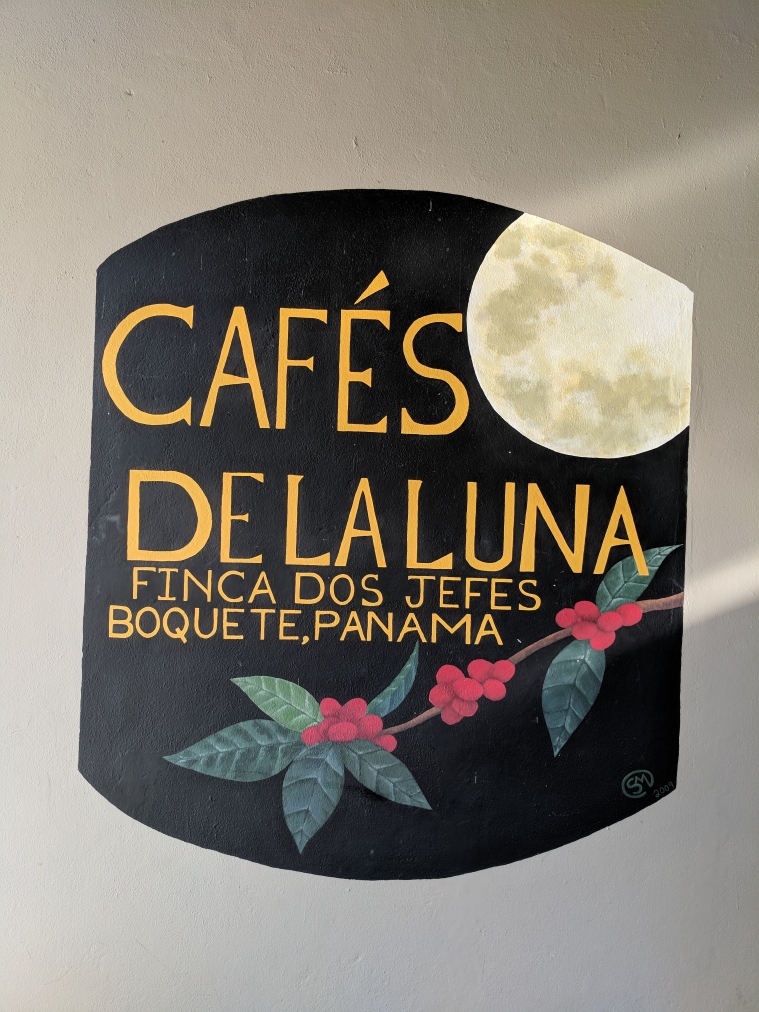Useless (BUT INTERESTING!) Facts about Coffee
The average Arabica plan is a large bush with dark-green oval leafs. The fruits, or cherries, are rounded and mature in 7 to 9 months; they usually contain two flat seeds, the coffee beans. When only one bean develops they call it a pearberry. Robusta is a robust shrub or small tree that grows up to 10 meters high.
The caffeine in coffee “beans” is a natural plant defense against herbivory, i.e., a toxic substance that protects the seed of the plants. Fruits and leaves are both sources of caffeine as well, and a tea can be made of the leaves. In 2009, Bai Brands began manufacturing a commercial soft drink line that uses coffee fruit for fortification.
The Lighter the Coffee, the better the coffee (which is why we picked the Donut Shop Blend this month). Despite what marketing efforts may lead you to believe, light coffee comes from the best beans. It is also sweet enough that you do not need additives… i.e., sugar.
Darker Roasts are for using up the not-so-good beans.
Lighter roasts are also healthier. Coffee contains both antioxidants and anti-inflammatory properties. A Korean study compared coffees of several roasting levels, and found that the lighter the roast, the higher the chlorogenic acid content, and the better the coffee extracted protects human cells against oxidation (damage) and inflammation.
“Cascara” is the Spanish word for the peel or skin of a fruit. Coffee is a fruit, though most people don’t think of it that way. Like cacao, it’s processed opposite most fruits: The skin and flesh are discarded, and just the seeds are dried, roasted, and ground to make the beverage that many Canadians drink daily.
Are you into Commodity Trading? According to the Global Exchange, coffee is the second most traded Commodity on Earth. With over 25 million farmers in over 50 countries producing coffee.
If you want to read more on this, or all the other great articles in this month’s edition of the Scoop, just click here for the May edition!









